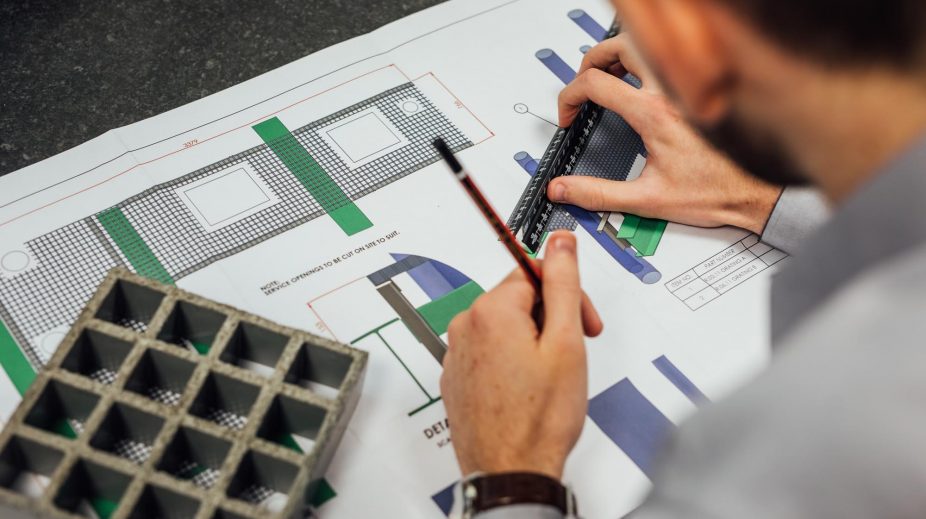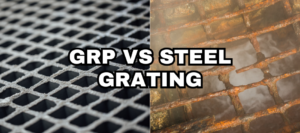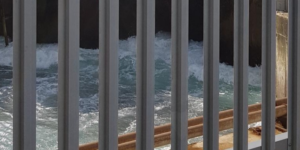Incorporating sustainability into your business strategy is no longer just an option. It’s essential to your success!
Nowadays, there’s huge pressure on companies to be more eco-friendly and make a profit whilst also reducing their carbon footprint. Which is why, more and more, our customers are coming to us with one key question – how eco friendly and sustainable is GRP? 🤔
GRP is much more environmentally friendly than people realise. In addition, it is extremely cost-effective. A material’s environmental impact relates to the entire value chain: From extracting the raw materials and the strain these activities put on the environment to transport, production, further transport and assembly, and erection of the final product.
The production of base resins and fibre rovings doesn’t have the same impact on the environment as the production of metals. Pultrusion takes place in a fully-closed process, which minimises the evaporation of volatile compounds, and no smoke clouds or toxic air pollutants are created.
What’s more, the curing process used to make glass fibre products is exothermic (i.e. it gives off heat) – and, as a result, it uses very little energy. In fact, on average, GRP production requires 75% less energy than steel production and its carbon footprint is very favourable.
Due in part to the high quality resins that are used, many GRP products have a service life of more than 50 years and even more than 100 years in some cases. No environmentally harmful finishing operations, such as hot-dip galvanising or painting in the case of steel, or other preservation methods such as those used for wood, are required in order to guarantee the service life of a GRP product.
GRP is 100% recyclable. Even after GRP products have been used for their intended purpose and reach the end of their lifecycle in the original context, they can be easily repurposed and used again. For example, GRP waste is often shredded and processed to create a high-grade alternative for the cement industry, where it is used as a fuel and mineral raw material. GRP products are also commonly upcycled for use in a wide range of non-standard applications.
If you’d like to reduce your business’s environmental impact, choosing GRP over other, less eco-friendly materials is certainly a good place to start. Have a look at our sustainability report here: GRP SUSTAINABILITY REPORT 2023





